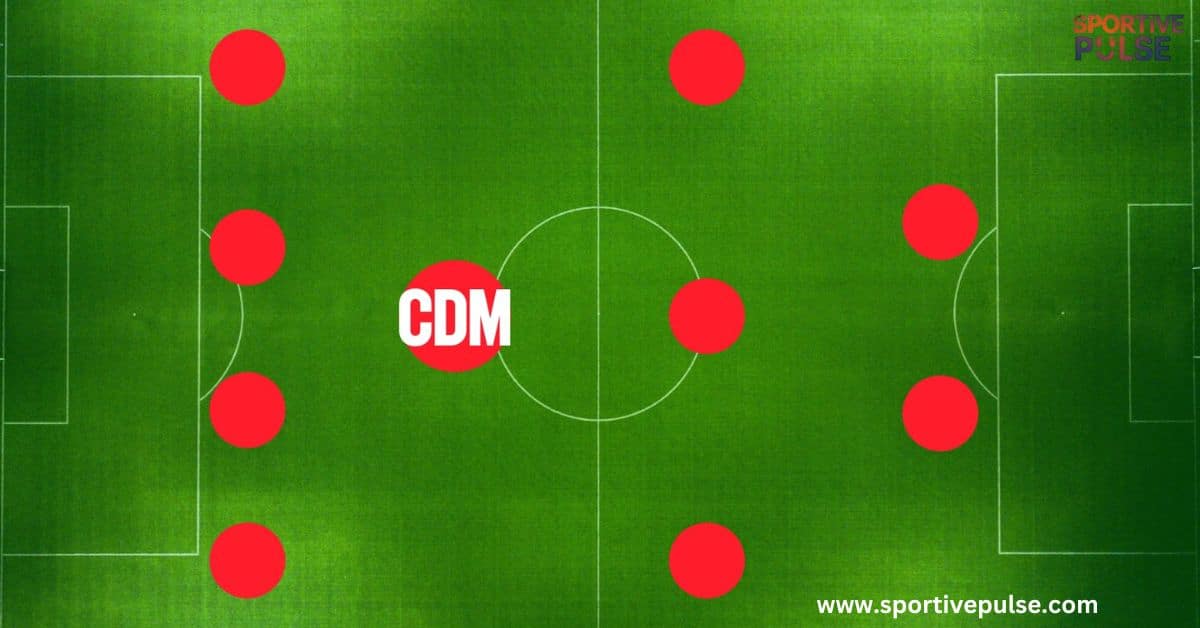In the fast-paced, ever-evolving landscape of modern soccer, the central defensive midfielder (CDM) position has emerged as a true game-changer. Far from being just a defensive cog in the machine, the CDM has evolved into a multifaceted orchestrator, responsible for maintaining the delicate balance of a soccer team.. CDMs are responsible for shielding the backline and orchestrating the team’s possession from a deep-lying position on the field.
In the fast-paced world of modern soccer, the central defensive midfielder has emerged as a true game-changer.These players are the unsung heroes of the team. They provide defensive stability and offensive creativity that can make or break a match. Their ability to seamlessly transition between defensive and attacking responsibilities makes them indispensable assets on the pitch.
Central defensive midfielders are often called “deep-lying playmakers” or “holding midfielders.” They have a dual role in the team’s structure. They distribute the ball accurately and initiate counter-attacks. CDMs can also contribute to attacking play with late runs into the box. The best CDMs have a unique blend of physical, technical, and mental attributes. These include effortless athleticism, exceptional tactical intelligence, and unwavering mental toughness.
The Importance of the Central Defensive Midfielder (CDM)
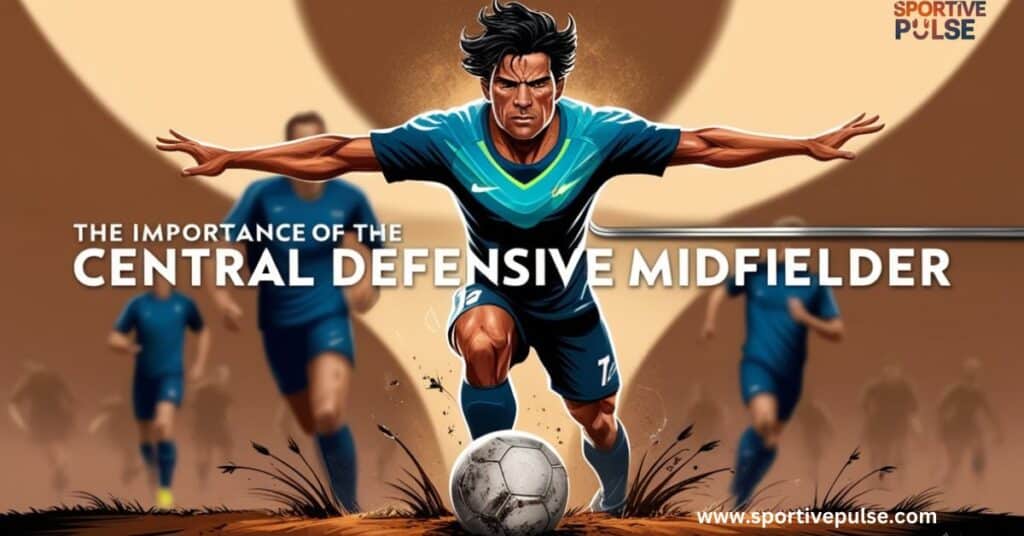
The CDM is the beating heart of the midfield. They shield the backline while dictating the tempo and rhythm of the game. This position has become increasingly vital in modern football. Teams seek to control the center of the pitch more effectively. They aim to transition seamlessly between defense and attack.
At the core of the CDM’s importance lies their ability to provide both defensive solidity and offensive creativity. These players are often referred to as “deep-lying playmakers” or “holding midfielders,” underscoring their dual role in the team’s structure.
Key Responsibilities of the Central Defensive Midfielder (CDM)
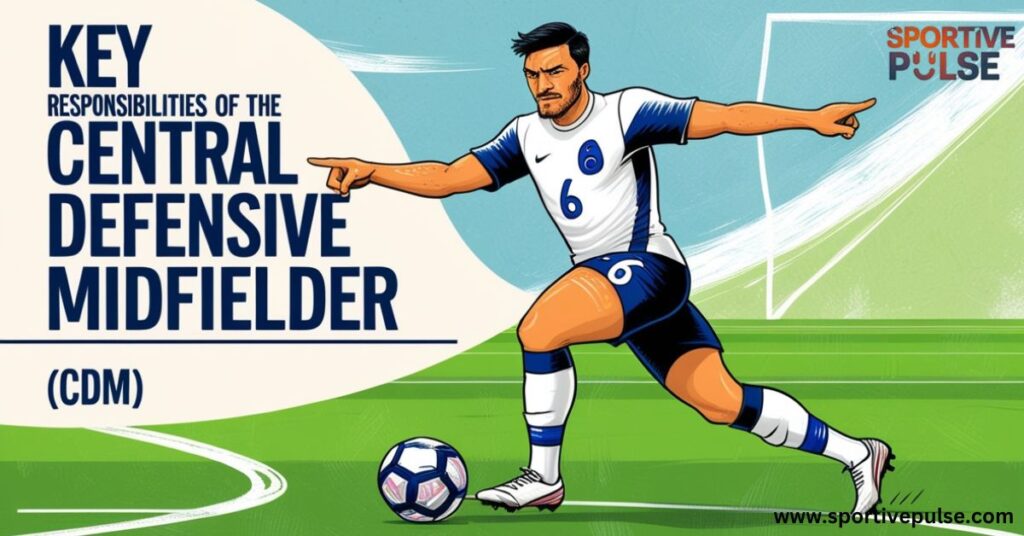
Defending
As the name suggests, the primary responsibility of the CDM is to provide a defensive anchor for the team. These players are tasked with winning aerial duels, intercepting passes, and breaking up opposition attacks before they reach the defensive line. They must possess exceptional positioning, tactical awareness, and the ability to read the game at a high level.
Distributing the Ball
But the CDM’s role extends far beyond just defensive duties. These players are also responsible for orchestrating the team’s possession and transitioning the play from defense to attack. With their exceptional passing range and vision, CDMs are often the conduits through which the team’s offensive moves are initiated.
Leadership and Communication
Arguably one of the most underappreciated aspects of the CDM’s role is their influence on the team’s leadership and communication. These players are often the vocal organizers of the midfield, providing guidance and direction to their teammates. They are responsible for maintaining discipline, positioning, and the overall tactical shape of the team.
Key Attributes for a Successful Central Defensive Midfielder (CDM)
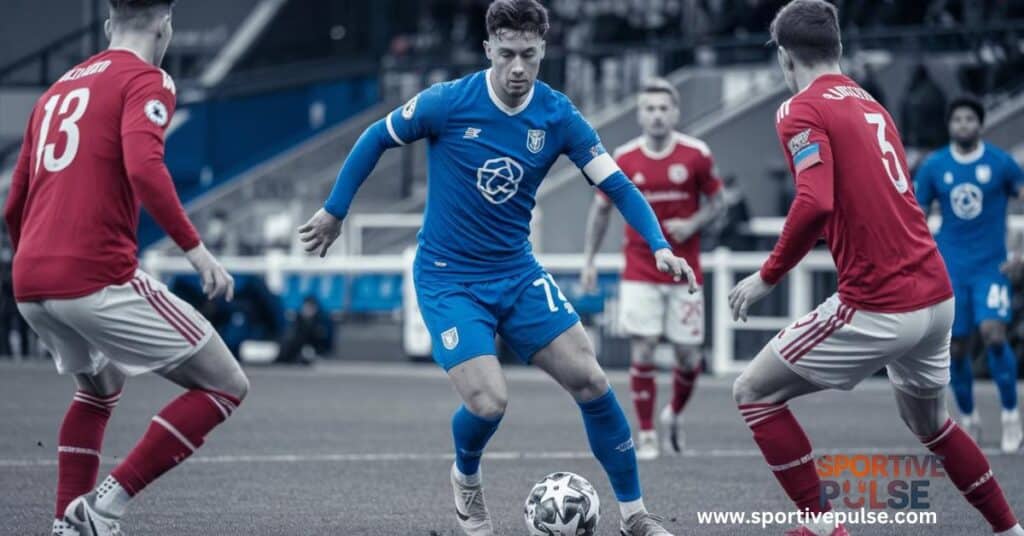
To excel in the CDM position, players must possess a unique blend of physical, technical, and mental attributes. Let’s explore some of the key characteristics that set the best CDMs apart:
Effortless Athleticism
Central defensive midfielders must possess a high level of physical prowess, including strength, stamina, and agility. These players are required to cover vast areas of the pitch, win aerial duels, and engage in intense physical battles with opposing players.
Tactical Intelligence
The CDM’s role demands a deep understanding of the game’s tactical nuances. These players must be able to read the game, anticipate opposition movements, and position themselves accordingly to disrupt attacks and maintain the team’s shape.
Mental Toughness
The CDM position is often described as the “engine room” of the team, and with good reason. These players are required to operate under immense pressure, making split-second decisions that can significantly impact the outcome of a match. Mental fortitude, composure, and decision-making prowess are essential attributes for a successful CDM.
Contribution to the Attack
While the CDM‘s primary focus is on defensive duties, the best players in this position are also capable of contributing to the team’s attacking play. The ability to distribute the ball accurately, initiate counter-attacks, and even make late runs into the box can make a CDM a valuable asset in the final third.
World-Class CDM Players to Study and Analyze
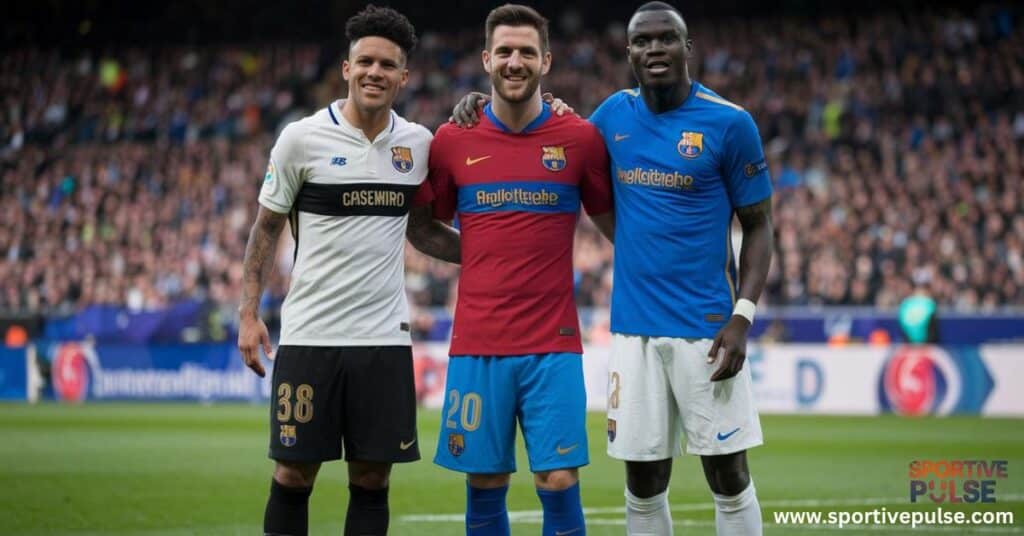
To truly appreciate the impact of a exceptional central defensive midfielder, it’s worth examining the careers of some of the best players in this position. Here are three examples of world-class CDMs who have left an indelible mark on the game:
N’Golo Kanté (Chelsea FC, French National Team)
N’Golo Kanté is widely regarded as one of the best defensive midfielders in the world. The diminutive Frenchman’s relentless work rate, exceptional positioning, and ability to win the ball back have made him an indispensable player for both club and country. Kanté’s impact goes beyond just the defensive aspect of the game, as he also contributes to the team’s attacking play with his incisive passing and intelligent runs.
Sergio Busquets (FC Barcelona, Spanish National Team)
Sergio Busquets is the quintessential deep-lying playmaker. The Spanish maestro is renowned for his metronomic passing, positional discipline, and ability to control the tempo of the game. Busquets’ unparalleled understanding of the game’s tactical nuances has made him a crucial cog in Barcelona’s possession-based system, shielding the backline while orchestrating the team‘s offensive movements.
Casemiro (Real Madrid, Brazilian National Team)
Casemiro is the embodiment of the modern, well-rounded central defensive midfielder. The Brazilian powerhouse combines exceptional defensive attributes, such as his aerial prowess and tackling ability, with a remarkable range of passing and the vision to pick out killer passes. Casemiro’s influence extends beyond just the defensive phase, as he has also shown the ability to contribute to his team’s attacking play with his intelligent off-the-ball movement and goal-scoring ability.
Differentiating Midfield Roles: CDM, CM, and CAM
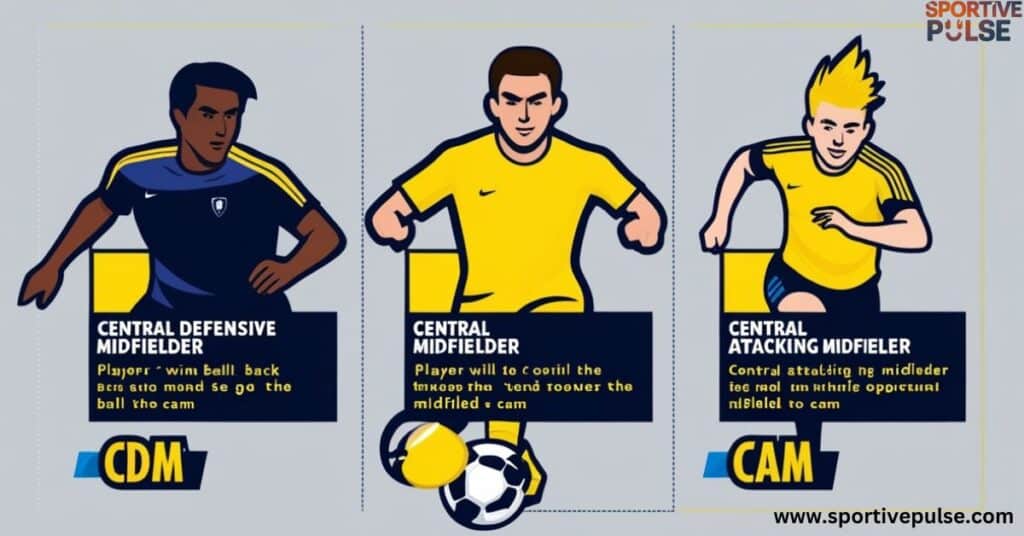
The central midfielder is typically responsible for linking play between the defensive and offensive phases, acting as a bridge between the two. Additionally, these players contribute to both defense and attack, often taking a more balanced approach than the CDM.
The attacking midfielder, or CAM, focuses on the creative aspect of the game. These players unlock opposition defenses, create goal-scoring opportunities, and drive the team’s offensive play. They often operate in the more advanced areas of the pitch, closer to the opposition’s goal.
In contrast, the central defensive midfielder is the anchor of the team, responsible for shielding the backline and orchestrating possession from a deeper position on the field. Moreover, the CDM’s primary role is to provide defensive stability, while also playing a crucial role in transitioning the team from defense to attack.
Conclusion: The Indispensable Value of the Central Defensive Midfielder
In the ever-evolving landscape of modern soccer, the central defensive midfielder has emerged as a true game-changer.These players take on a multifaceted role, acting as defensive anchors, possession orchestrators, and vocal leaders of their teams
The CDM’s ability to seamlessly transition between defensive and offensive responsibilities, combined with their exceptional physical, technical, and mental attributes, has made them indispensable assets in the quest for soccer dominance.
As the game continues to evolve, the importance of the central defensive midfielder will only grow, with these players playing a pivotal role in shaping the outcome of matches. and the fortunes of their teams. Understanding the nuances of this position is crucial for any soccer enthusiast seeking to deepen their appreciation of the beautiful game. CopyRetry
Frequently Asked Questions
What is the difference between a CDM, a CM, and a CAM?
The key differences lie in their respective roles and responsibilities within the team’s tactical setup:
- CAM (Central Attacking Midfielder): The creative hub, responsible for unlocking defenses and driving the team’s offensive play in the final third
- CM (Central Midfielder): A more balanced midfield player, linking the defensive and offensive phases of the team’s play.
- CAM (Central Attacking Midfielder): The creative hub, focused on unlocking opposition defenses and driving the team’s offensive play in the final third.
What are the various positions within the midfield?
In addition to the CDM, CM, and CAM roles, other midfield positions include:
- Wide Midfielders: Players who operate in the wide areas of the midfield, providing width and balance to the team’s play
- Box-to-Box Midfielders: Dynamic, all-action midfielders who contribute to both the defensive and offensive phases of the game.
- Defensive Midfielders: Players who primarily focus on defensive duties, providing additional protection to the backline.
How can I learn more about the game of soccer?
There are numerous resources available to deepen your understanding of the game of soccer:
- Watching and analyzing matches of top-level teams and players
- Reading soccer-focused publications, blogs, and books
- Engaging with online soccer communities and forums
- Attending local soccer matches or training sessions
- Considering playing the game yourself to gain firsthand experience

“Amelia Morris, a seasoned sports enthusiast and writer, brings her passion for all things athletic to the forefront as an author on SportivePulse. With years of blogging experience under her belt, Amelia expertly crafts engaging content that delves into the world of sports, sharing in-depth analysis, compelling stories, and captivating insights. Her dedication to delivering top-notch sports coverage makes her a standout contributor on our platform.

